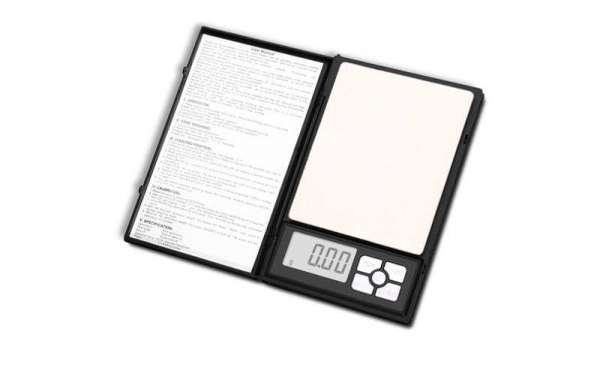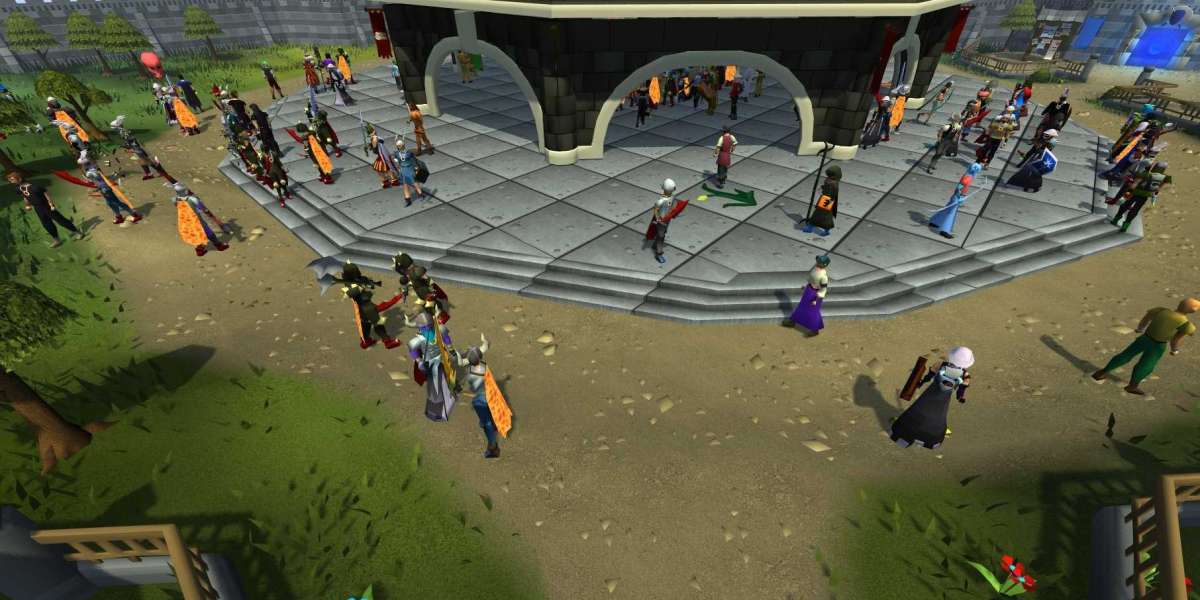First, make sure you zero out the Digital Electronic Scales properly. A digital scale will have some means of zeroing it out, whether it's an action like stepping on and off, or a button you can press to reset it. Refer to the instructions on the scale, or if you don't have the instructions, look for them online. You can usually find some instructions if you can Google search the model number of the scale, and possibly even a PDF of the original instruction booklet.
For mechanical scales, there may be something simple like a dial you can turn to make sure it reads zero before you step on it. For other scales, you may need to open it up and turn something internally to make the same adjustment. Be careful if you do this; the last thing you want to do is break your scale.
Incidentally, you want to calibrate or zero out your scale every time you use it. With proper calibration, home scales can be perfectly accurate for weight monitoring purposes. If you move the scale, though, it needs to be recalibrated. In general, you want to calibrate it once every month or two as well, just in case. When in doubt, zero out!
For electronic scales, it might also be worthwhile to replace the batteries. When batteries get low, the device will still work, but might not be as accurate.
Second, test for consistency. Step on your scale, get a reading of your weight, and step off. Repeat this process four or five times, and note if there's any variance in your weight. Make sure you're stepping on it the same way, and that you're not bouncing, shifting, or otherwise adjusting your weight distribution as you test it.
If your scale is consistent, great! You can move on to the next step. If it's not consistent, you may have an issue with the internal elements of the scale. This is usually a symptom of something breaking, whether it's the load gauge in the digital scale breaking down, or the pinion sticking inside the mechanical scale.
In these cases, you can potentially open up and repair the scale, but it's generally easier to just go buy a new one. Old scales break down, and it's usually more trouble than it's worth to repair them.
If you've determined that your scale is consistent, then you can try to test it with something with a known weight. We like to use small hand weights, something like these, which have a known weight written on the side of them. You want to use something around 10lbs or so. Some scales don't "activate" for lower amounts of weight, because of how they're calibrated internally.
If you put a known 10lb weight on your scale and it shows something other than 10 pounds, you know it's not necessarily accurate. You can try to recalibrate it again, but chances are it's just a margin of error for how the scale works.
You can also take more than one known weight – like two of those dumbbells – and weight them at the same time. If 1x10lb weight measures in at 9 lbs, and 2x10lb weights measure in at 19lbs, you know it's within 1 lb of accurate.
As an electronic scale factory, we welcome your consult.








